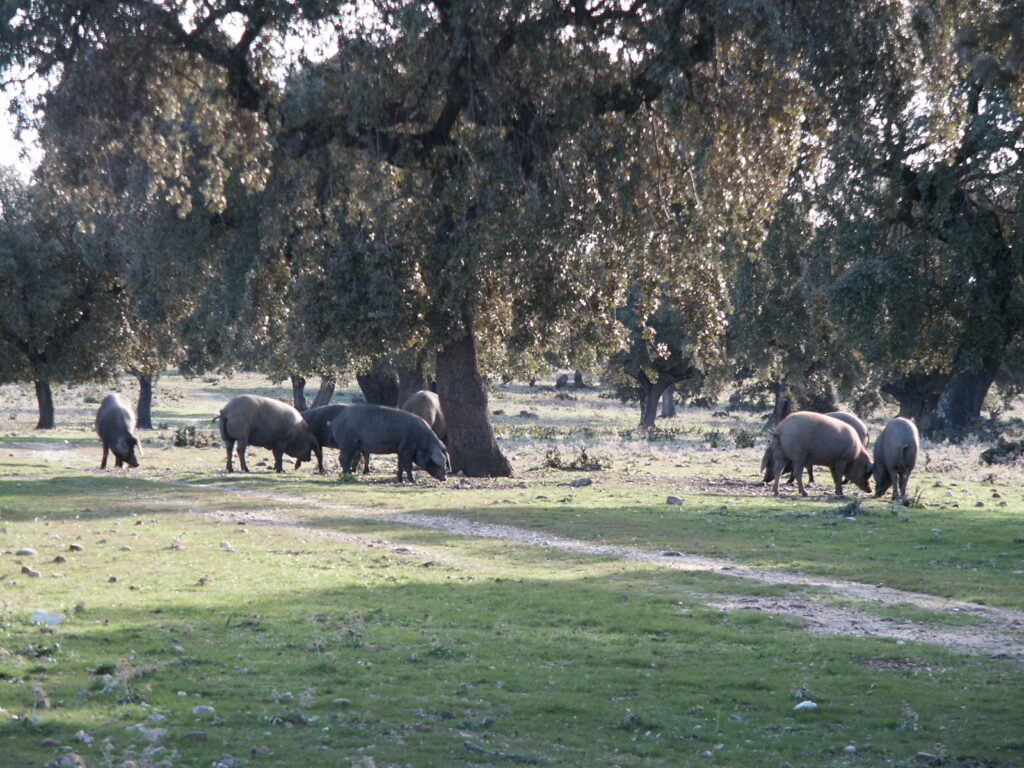The 5th European Agroforestry Conference took place online from 17-19th May 2021, hosted by the European Agroforestry Federation (EURAF). The event brought together researchers, practitioners and enthusiasts from across the world, sharing their first-hand experience of how agroforestry can be an integral part of our response to climate change, zero hunger, and human health, through a series of plenary sessions and side events. As well as knowledge exchange, EURAF President Patrick Worms opened the conference by stating that a key objective was to “recuperate knowledge that has always existed in the farming community, but that is being lost with the expansion of industrial agriculture.”
The plenary sessions offered food for thought on topics ranging from transferring agroforestry to the urban setting, the potential of urban agroforestry to integrate marginalised communities, the preservation of (agri)cultural heritage, the reduction of chemical use due to the self-maintaining characteristics of agroforestry, and the increased nutritional value of agroforestry produce, amongst others. The Conference allowed speakers to share their inspiration and alternative visions for agroforestry, with Sarah Lovell – from the Center for Agroforestry of the University of Missouri – sharing her own definition of agroforestry as “integrating trees, crops and livestock for healthy, profitable farms and vibrant communities”.

Worms opened the Conference by stating his conviction that agroforestry must – and will – be the future of agriculture, given the support it offers to our climate change mitigation and adaptation commitments, as well as the additional benefits it offers such as increased biodiversity, and even reducing the risk of future pandemics, which in the context of COVID-19 is a unique way of drawing attention to these systems. Panellists agreed that now more than ever, international civil society and decision makers are aware of the urgency of tackling these challenges, and that our role – as advocates for agroforestry – is to ensure that both farmers and policymakers are aware of the potential of these systems, if we are to support global uptake of these practices.
While the plenary sessions and side events reaffirmed the participants’ conviction of the benefits pf agroforestry, the challenges we face were not ignored. Speakers admitted their concerns of whether the revised EU Common Agricultural Policy (CAP) – which has recently been celebrated for recognising the benefits of agroforestry to reach its objectives – will lead to concrete action. In the closing session, speakers also recognised the shortcomings and next steps for the stakeholder groups present, agreeing that: From the research community, studies must be carried out to provide concrete evidence of be benefit of these systems. If we are to mainstream agroforestry and encourage farmers and policymakers across the world to invest in this transition, we must be able to prove precisely how this will benefit their farms, and increase their yield – priorities for those whose livelihoods depend on the health of their land. Likewise, from the policymaking community, incentive packages will also be developed to make this transition both feasible and appealing for land managers.
All in all, there is no doubt amongst those already involved in the world of agroforestry that agroecological practices are a necessary part of future of agriculture, but nor is there doubt that all stakeholders have plenty work ahead of them if we are to support this transition at a global scale.
AGROMIX Project Coordinator Sara Burbi and project partner Ulrich Schmutz – both from Coventry University, UK – represented AGROMIX at the conference, introducing the project, its objectives, and its unique approach through their involvement in side events. AGROMIX continues to use these international fora as a key channel for reaching a variety of target stakeholders, including researchers, policymakers and practitioners. For more information on AGROMIX events, see here.